Shea butter, also called Shii in Bambara (hence the name Shea Tree in English), is an edible vegetable oil extracted from the fruits of the shea tree. Used in its natural form, it is one of the most effective natural products for skin and hair care.
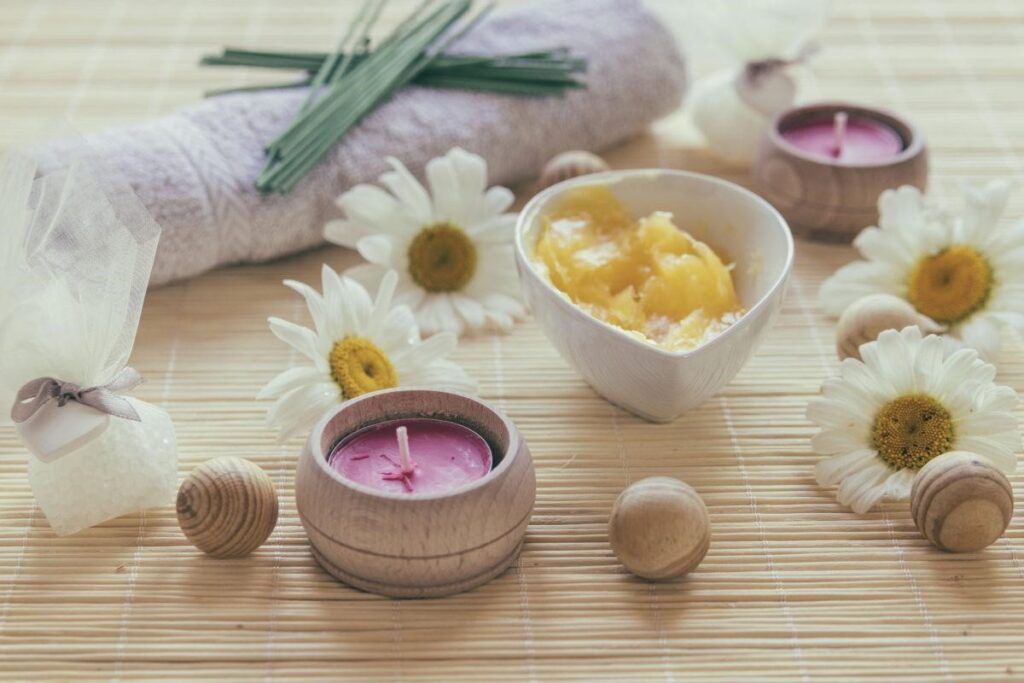
It is available in several colors: ivory yellow, often greenish yellow, sometimes beige or brownish. Ivory yellow is its natural color. The greenish yellow color comes from the banana leaves in which it is sometimes packed. The beige color comes from the turmeric which is sometimes added at 1%. The brownish color comes from the calabashes.
Difference between refined and unrefined shea butter
– Refined shea butter: Refined shea butter is white, odorless and has a lumpy texture that is sometimes quite difficult to spread. This is because during the refining process, the fatty acids that could oxidize have been neutralized, it has been deodorized to make it suitable for everyone, and it has also been bleached to make it look purer.
– Unrefined shea butter: In contrast, pure shea butter has a true color (depending on its origin, it can be beige, off-white, pale yellow, etc.), has a slight nutty scent, sometimes like that of coffee roasting, and most importantly, has a melting texture and is easily absorbed into the skin.
In the cosmetic market, the use of pure unrefined shea butter is rather rare. Moreover, it is important to know that no regulation obliges manufacturers to indicate the manufacturing process; a refined shea butter can be sold as 100% pure and natural since it is not mixed with any other ingredient. Moreover, solvent extraction (hexane) is less expensive and therefore allows the sale of cheaper products.
The only way to tell a refined shea butter from a pure unrefined shea butter is to inspect the butter itself for smell and texture.
We have chosen to use pure unrefined shea butter in all our body and hair products!
Action on the skin and hair
Shea butter contains five main fatty acids (triacyl glycerides): palmitic, stearic, oleic, linoleic, and arachidic acid. In addition to its fatty acids, shea butter contains catechizes, vitamins E, A, essential fatty acids, and triterpenes. It is known for its soothing, moisturizing, repairing, softening, and softening properties.
– Shea butter is non-comedogenic.
Shea butter comedogenic index: 0
Pure and unrefined shea butter is suitable for all skin types, even the most sensitive, thanks to its soothing, protective and nourishing action. It does not darken the skin and does not promote acne in oily skin. It is recommended, like the other 0 and 1 index oils, for acne-prone skin. Oils with an index of 0 and 3 are recommended for combination skin, those with an index of 0 to 5 for dry skin.
The thicker an oil is, the less penetrating it is and the more comedogenic it is. It also oxidizes more quickly. On the other hand, a non-comedogenic oil such as shea butter (= oil in its solid state) does not cause unsightly blackheads that can develop into acne pimples and sometimes even micro-cysts.
– It balances the pH of the skin: Increasing the pH of the skin (which is acidic in nature) encourages the evaporation of water through the cornea. Shea butter does not alter the natural pH of the skin, on the contrary, it balances it thanks to its unique cocktail of minerals, proteins and fatty acids.
– It favors an increase in local capillary circulation, which allows tissue reoxygenation and improves the elimination of metabolic waste.
It moisturizes, repairs, strengthens, and nourishes frizzy, wavy, curly or frizzy hair that tends to be dry and dull and protects it from UV rays. It softens the scalp and combats dandruff.
– It is anti-inflammatory (oedema). It can be used daily to treat scratches, burns and even to relieve insect bites.
– It is antioxidant (vitamin E) with an inhibiting effect on the promotion of skin tumors, cell regenerator, anti-ageing of the skin: vitamin E will provide the energy necessary for the metabolism to produce cells in large numbers, thus promoting healing and cell renewal.
– It is anti-microbial and healing, making it possible to disinfect wounds thanks to its emollient agent and stimulating the natural renewable process of the skin; repair of the cutaneous barrier; treatment of dry desquamative dermatitis, chapped hands with cracks, ulcers, stretch marks, eczema, for non-infected lesions, by regeneration of the superficial epidermal layers.
Thus, several emollient or keratolytic laboratory products sold in pharmacies contain it to fight against atopic dermatitis (atopic eczema or infant dermatitis) or psoriasis. Caution: Shea butter should not be used by people who are allergic to latex as it contains it in its natural state. Latex is a sticky, flexible and very strong liquid substance, which is then processed into rubber. At the beach or elsewhere in the sun, shea butter protects against UV rays, but does not replace a good sun cream.
-
Extra Pouss Serum
5.94$ – 11.88$ -
Restore & Moisturizing Cream
5.94$ – 11.88$ -
Beard / Hair Moisturizing Lotion
5.94$ – 13.86$ -
Beard/ Hair Oily Serum
5.94$ – 11.88$ -
Keratin Hair Mask
7.92$ – 16.83$ -
Herbal Butter Treatment
3.96$ – 7.92$ -
Brightening Cleansing Gel Soap Free
15.84$ – 31.68$ -
Exfoliating Body Gel
10.89$ – 25.74$ -
Clarifying & Volumizing Shampoo
7.92$ – 19.80$

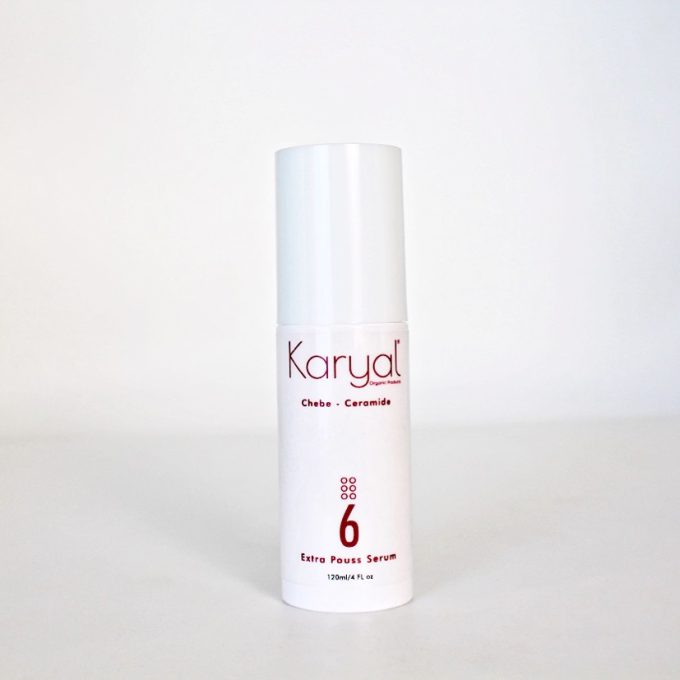

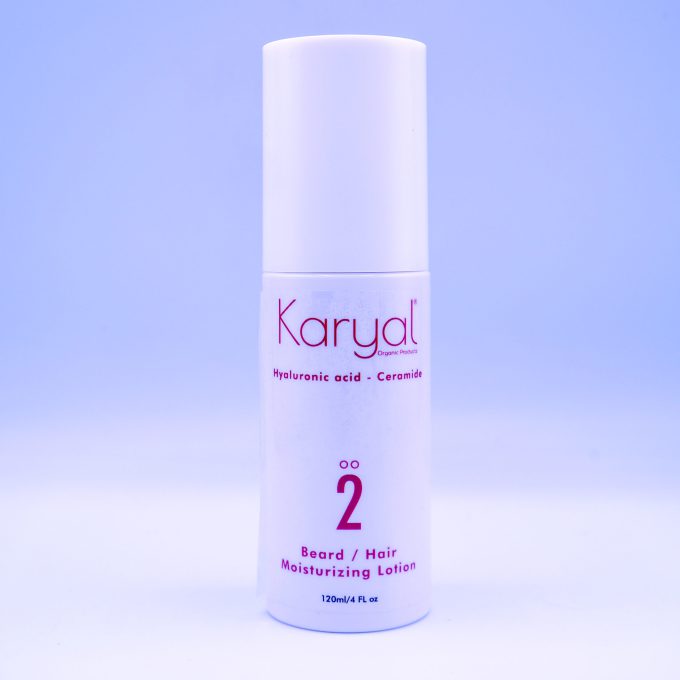
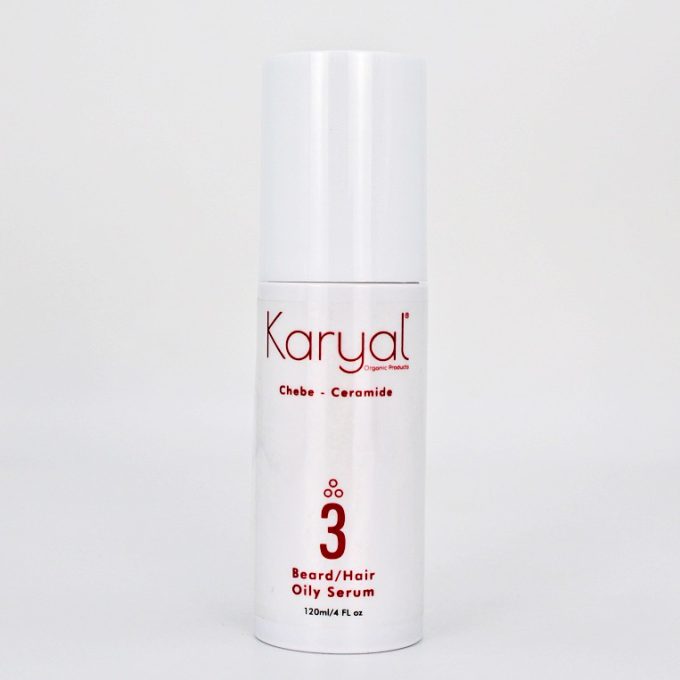
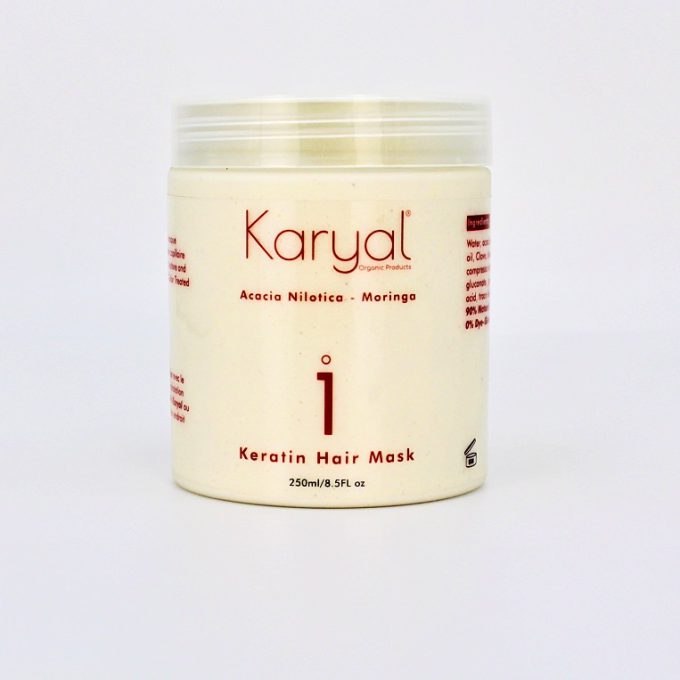
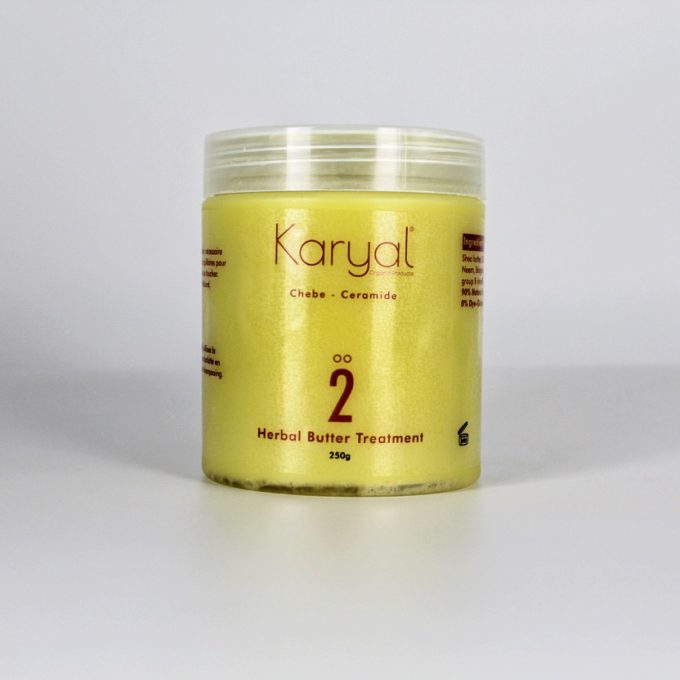
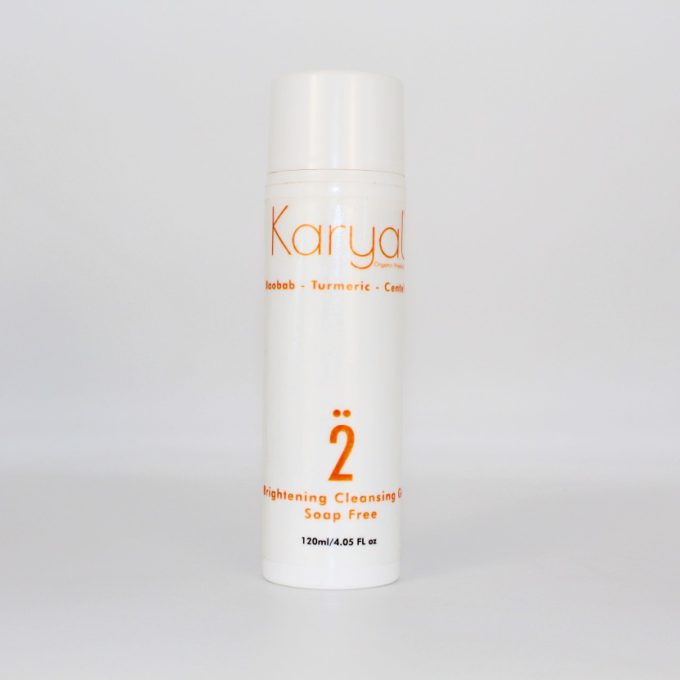
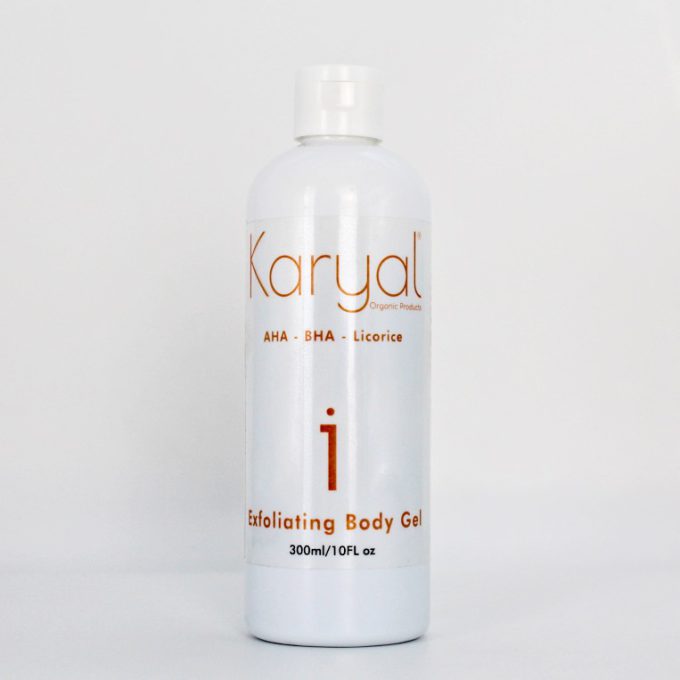
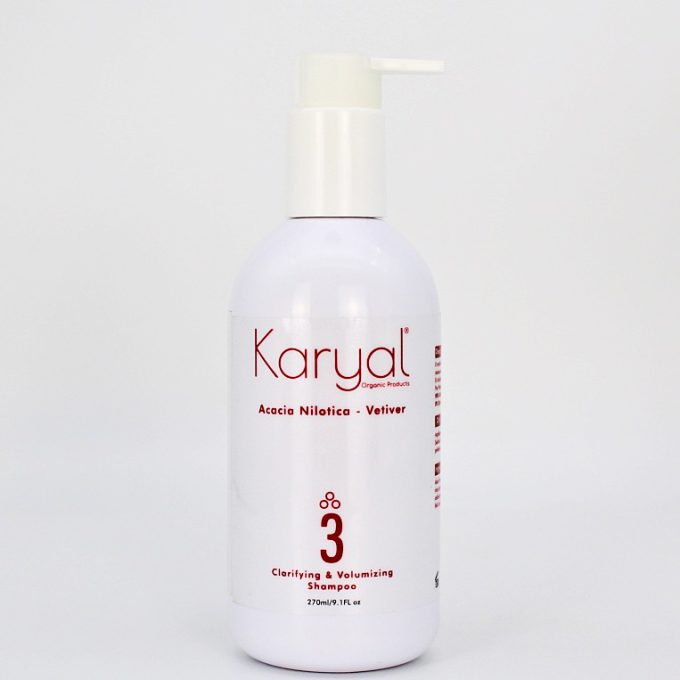
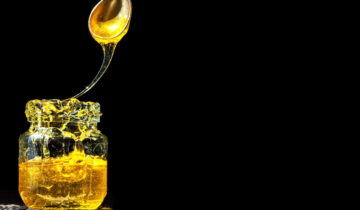
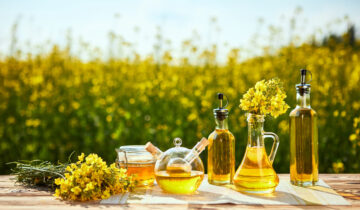
 Votre panier est vide.
Votre panier est vide.